- +(86) 18681141326
- sales@polysmarts.com
- Building 2, No. 8, Guangbao Road, Qishi Town, Guangdong Province, CN

Offset printing and digital printing are two popular printing methods, each with its own unique advantages. Let’s dive into what offset printing is, what digital printing is, and when to choose one over the other for your printing project.

Offset printing technology uses aluminum plates to transfer an image onto a rubber blanket, which then rolls the image onto the paper. This indirect transfer of ink is what gives it the name “offset.” Offset printing is ideal for high volume print runs because once set up, it runs extremely efficiently. It offers superior printing quality with accurate color reproduction, crisp detail, and a professional look.
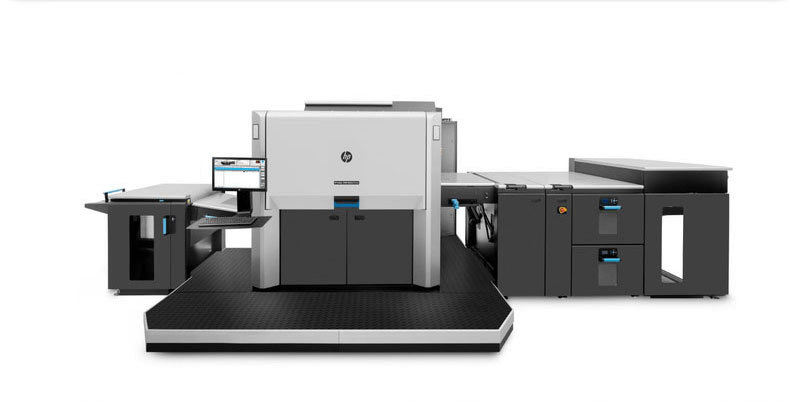
Digital printing, on the other hand, does not use plates like offset. Instead, it uses toner (like laser printers) or liquid ink from larger printers. Digital printing shines for lower quantity print runs like 20 greeting cards or 100 flyers. A major advantage of digital printing is its variable data capability – each piece can have a unique code, name, or address easily printed.
So for small digital printing jobs with variable data needs, digital presses are the way to go. But for premium quality large print runs, offset printing technology is unbeatable. The right printing method depends on the needs of your specific printing project.
FAQs |
| 1. Can digital printing match the quality of offset printing? |
| While offset printing generally produces higher-quality prints, advancements in digital printing technology have significantly narrowed the quality gap. Modern digital printers can produce high-resolution, vibrant prints that are suitable for many commercial applications. |
| 2. Is digital printing more environmentally friendly than offset printing? |
| Digital printing is often considered more environmentally friendly than offset printing because it generates less waste and requires fewer chemicals. However, both printing methods can be made more sustainable through the use of eco-friendly inks, recycled materials, and proper waste management practices. |
| 3. Can offset printing be used for variable data printing? |
| While offset printing is primarily used for producing identical copies, it is possible to incorporate some level of variability through techniques like stamping or overprinting. However, digital printing is the more efficient and cost-effective choice for projects that require extensive variability or personalization. |
| 4. What is the typical turnaround time for digital and offset printing? |
| Digital printing generally has a turnaround time of a few days or even hours, depending on the project complexity and print volume. Offset printing, on the other hand, can take anywhere from a few days to several weeks, as it involves additional prepress steps and longer setup times. |
| 5. Can offset printing be used for small print runs? |
| While offset printing is more cost-effective for large print runs, it can still be used for smaller runs. However, the setup costs for offset printing may make it less economical than digital printing for very small print quantities. |

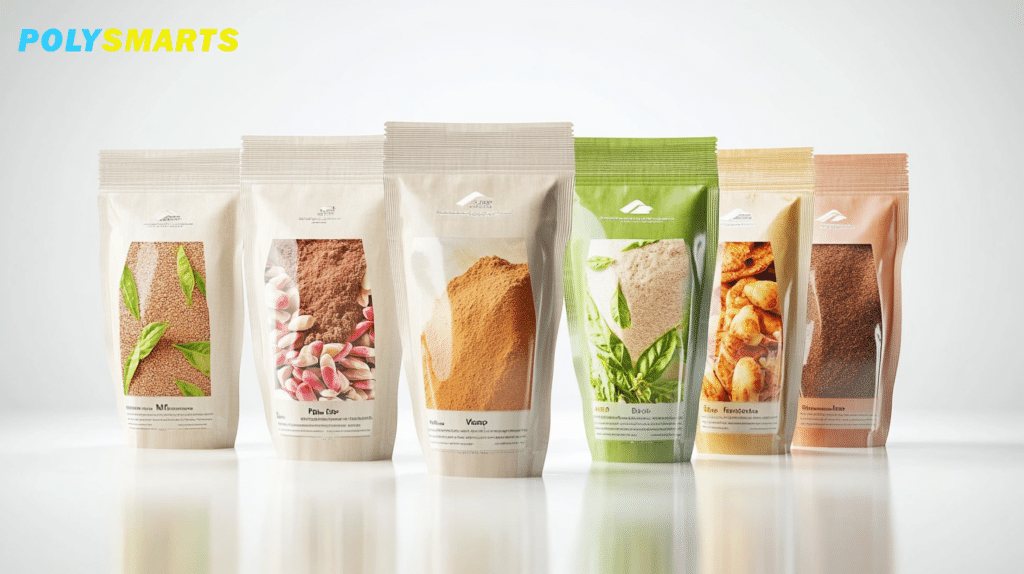
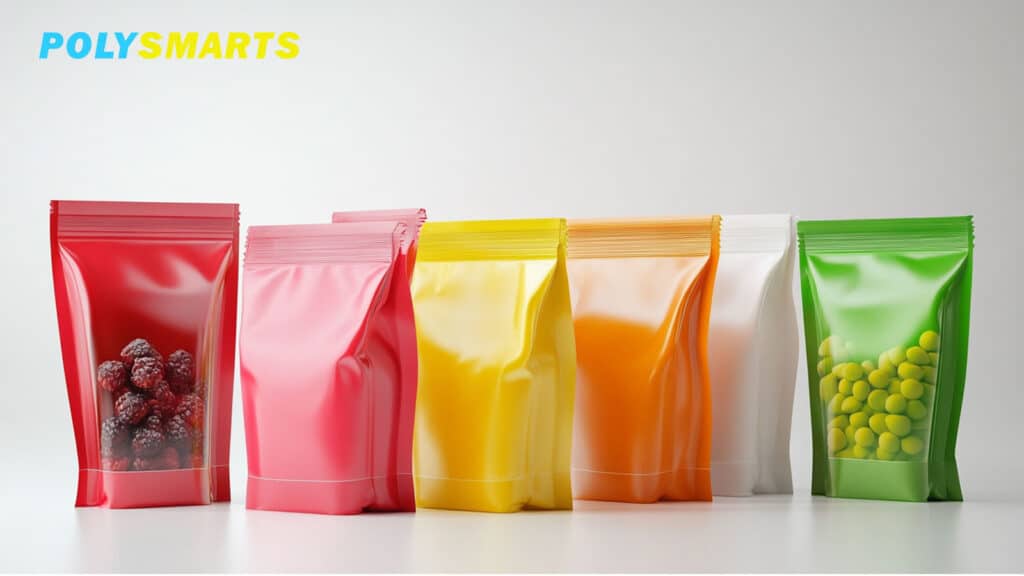
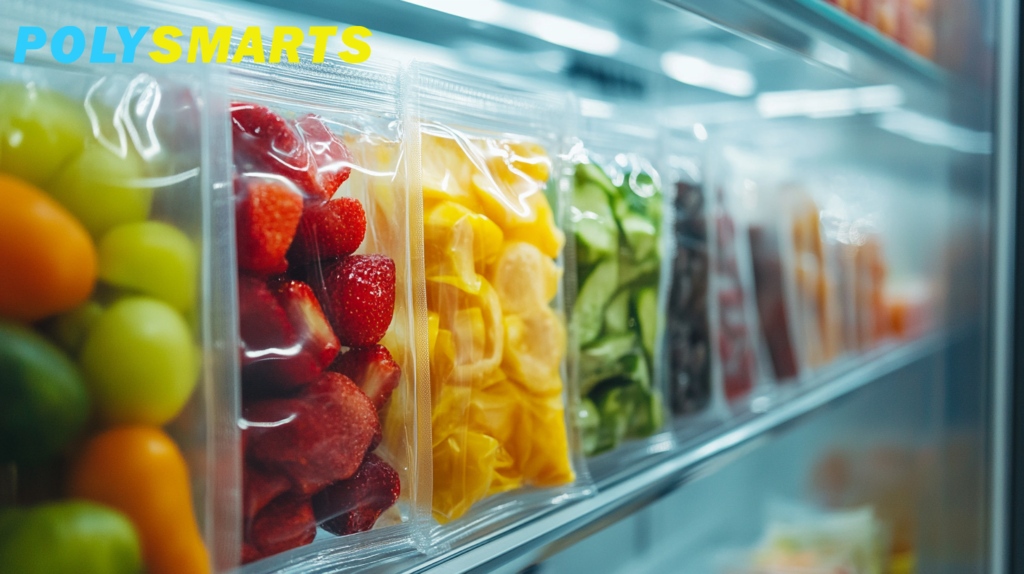

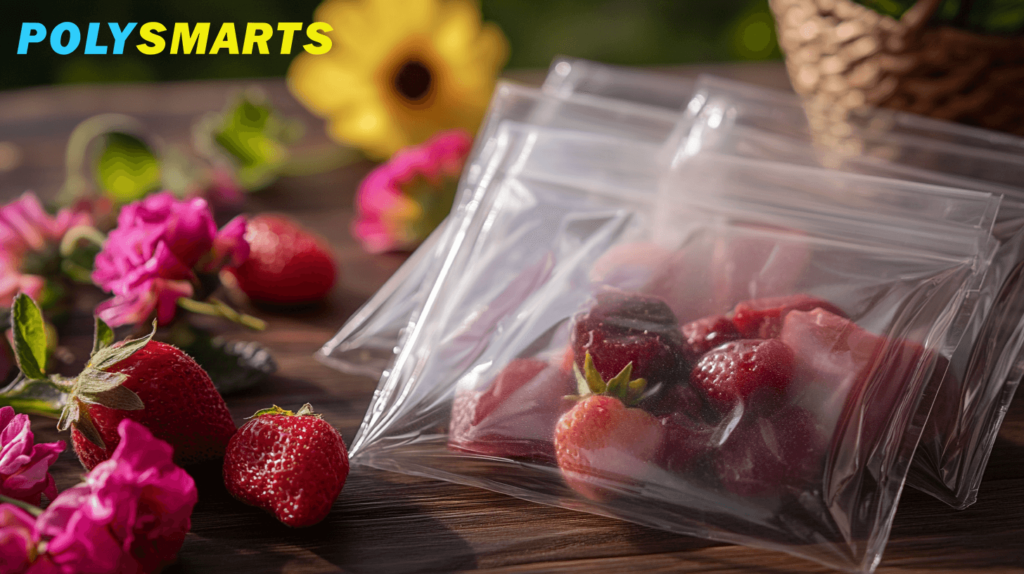
Simply fill out the form below as best you can. Don’t worry the details.
Flexible packaging bags offer superior versatility compared to rigid packaging. Learn how these innovative bags can be customized for countless applications from food to medical uses.